Up Next

Although the new aero regulations of 2022 are generally agreed as the biggest rule change Formula 1 has ever seen, the next two biggest were probably those of 1998 and 2009.
Intriguingly, what each of those new sets of regulations triggered were hugely innovative and influential designs from Adrian Newey, the McLaren MP4/13 and Red Bull RB5 respectively.
With Newey still very much part of the Red Bull technical team, it lends extra anticipation to what features might be revealed in the new RB18 when it emerges on Wednesday afternoon.
For 1998 governing body the FIA had introduced a raft of big changes intended to slow F1 cars down, including grooved tyres and a reduction in car width from 2-metres to 1.8.
A narrower track implied more sudden load transfer onto the outer tyres – which because of the grooves had less grip anyway. A bigger, more crashworthy, chassis was regulated and this too was intended to limit the aerodynamic possibilities.
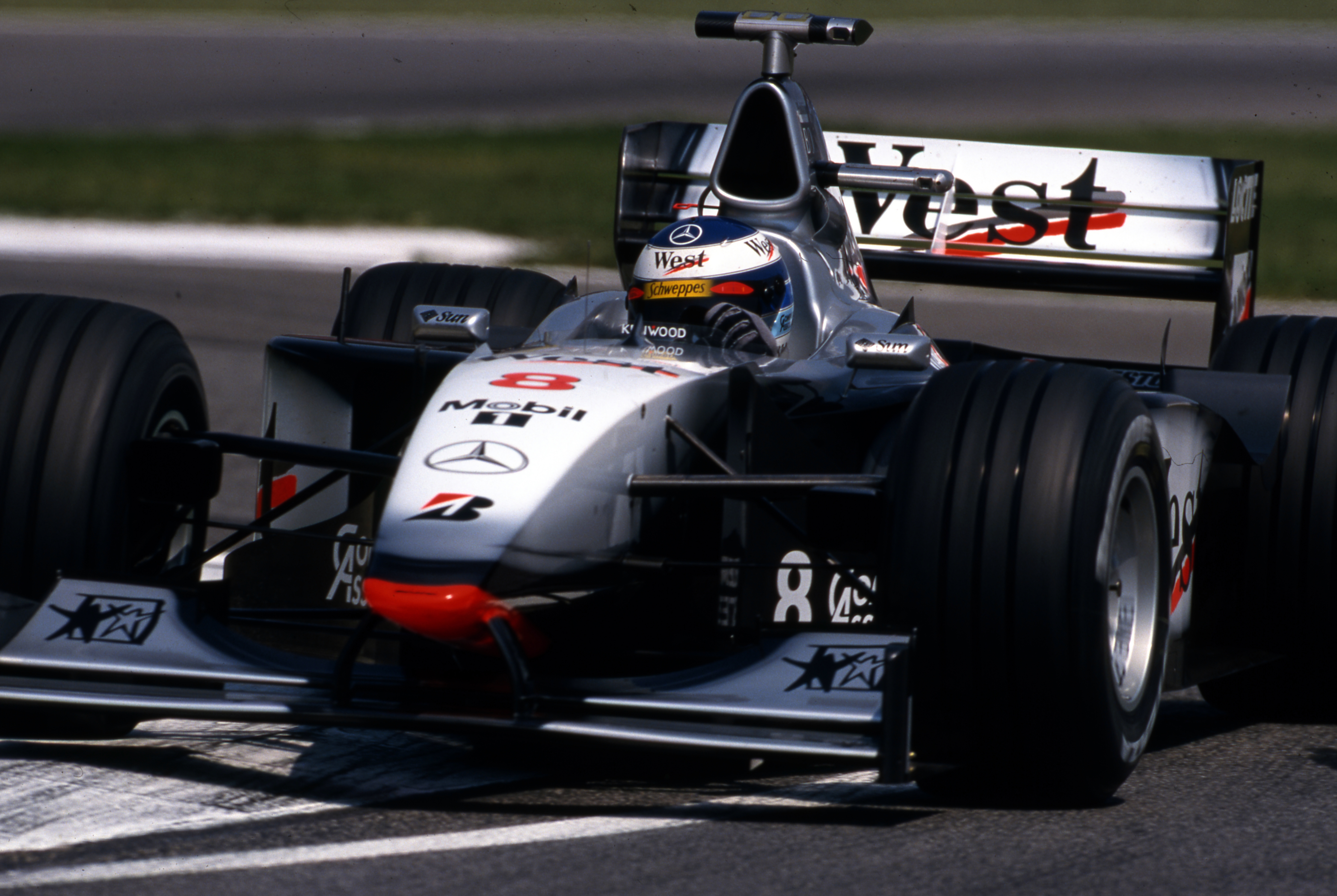
Every other 1998 car retained the previously fashionable high nose, maximising the underfloor capacity. McLaren reasoned that with the much reduced tyre surface area, mechanical grip was going to be more important than before and so lowered the nose to reduce the centre of gravity height (which has a multiplying effect on load transfer). This much was already part of the concept when Newey joined from Williams in August of ’97.
What Newey added to the line of thought which was trying to minimise the increased load transfer to the outer tyre resultant from the 20cm narrower track (the distance between the wheels on the same axle), was a longer wheelbase.
Not only would this give a more progressive loading onto the outer tyres, it would enable the car to be packaged lower, further reducing the centre of gravity height and therefore the force of load transfer to the outer tyres.
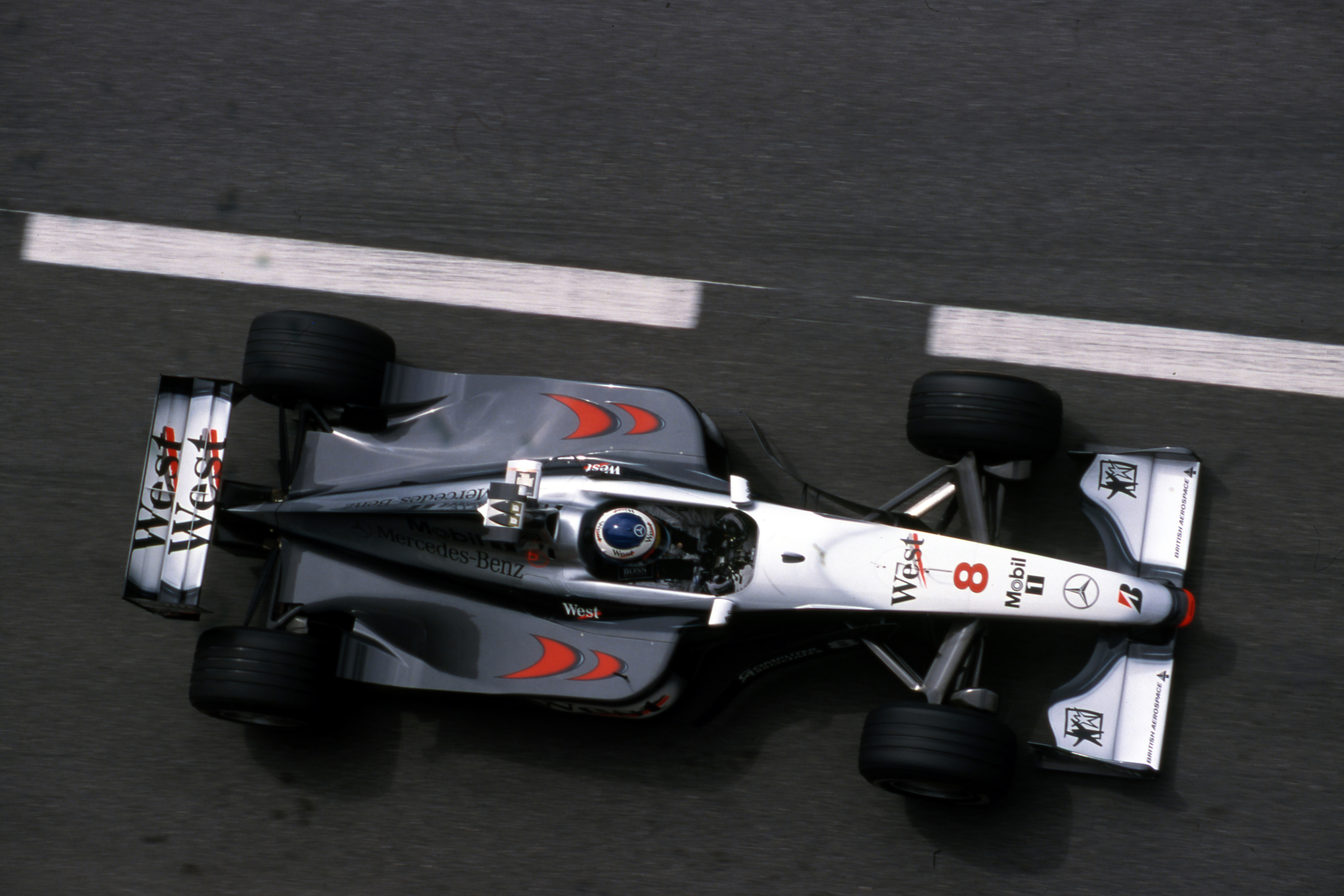
Working hand-in-glove with Ilmor’s Mario Illien, the new Mercedes engine had a lower crankshaft and lighter cylinder heads, again lowering the centre of gravity height.
But Newey’s piece de resistance was his interpretation of the new chassis shape regulation which stated a simple width and depth measurement, implying a rectangular section. By putting a fin on top edges of the chassis, the regulation depth could be achieved much further from the ground, allowing a v-shape bottom which cleared a lot more airflow space beneath the car than on rival designs.
It was a superb car which bounced McLaren back to its championship-winning ways after seven years without a title. Despite a strong challenge from Ferrari’s Michael Schumacher, Mika Hakkinen was world champion, with eight victories. David Coulthard won at Imola and took third in the championship.
Newey eventually left McLaren for Red Bull and arrived there in time for the regulation reset of 2009, changes which again were implemented with the intention of slowing the cars down, but also – like the latest ’22 regulations – to make the cars more raceable.
A completely reconfigured set of dimensions was set to limit the potential of the new cars. The front wing now had to be the full width of the car (previously it had stopped around halfway across the width of the tyres) and there was a 500mm neutral section in the middle which could not be aerofoil in profile. The bargeboards were limited in dimensions. The rear wing was narrower and taller and the diffuser ramp could no longer start before the rear axle, so was less powerful.

Just like at McLaren in ’98, Newey’s lateral thinking sent Red Bull in a different direction to the others.
Although he missed the double diffuser ruse, Newey’s initially single diffuser Red Bull was close to the double diffuser Brawn in performance and faster than the two other double diffuser cars – from Toyota and Williams.
When the RB5 then got an enhanced double diffuser from Silverstone, it became F1’s fastest car. So what was so different and effective about it?
As with the McLaren his key innovation was in shaping the chassis. The regulations stated a prescribed depth, varying along the car’s length. Just as at McLaren, Newey used fins off the outer top edges of the chassis to meet the depth requirement but uniquely allowing the bottom of the chassis to be rounded off rather than square.
This was crucially important under the new regs, far more so than before. Because the neutral section of the new front wing and where it transitioned into the downforce-producing elements created what became known as the Y250 vortex.
This travelled along the car and was very powerful in speeding up the whole airflow around it – so increasing the speed of flow to the bargeboards, floor and around the sidepods. The faster this flow the greater the downforce.
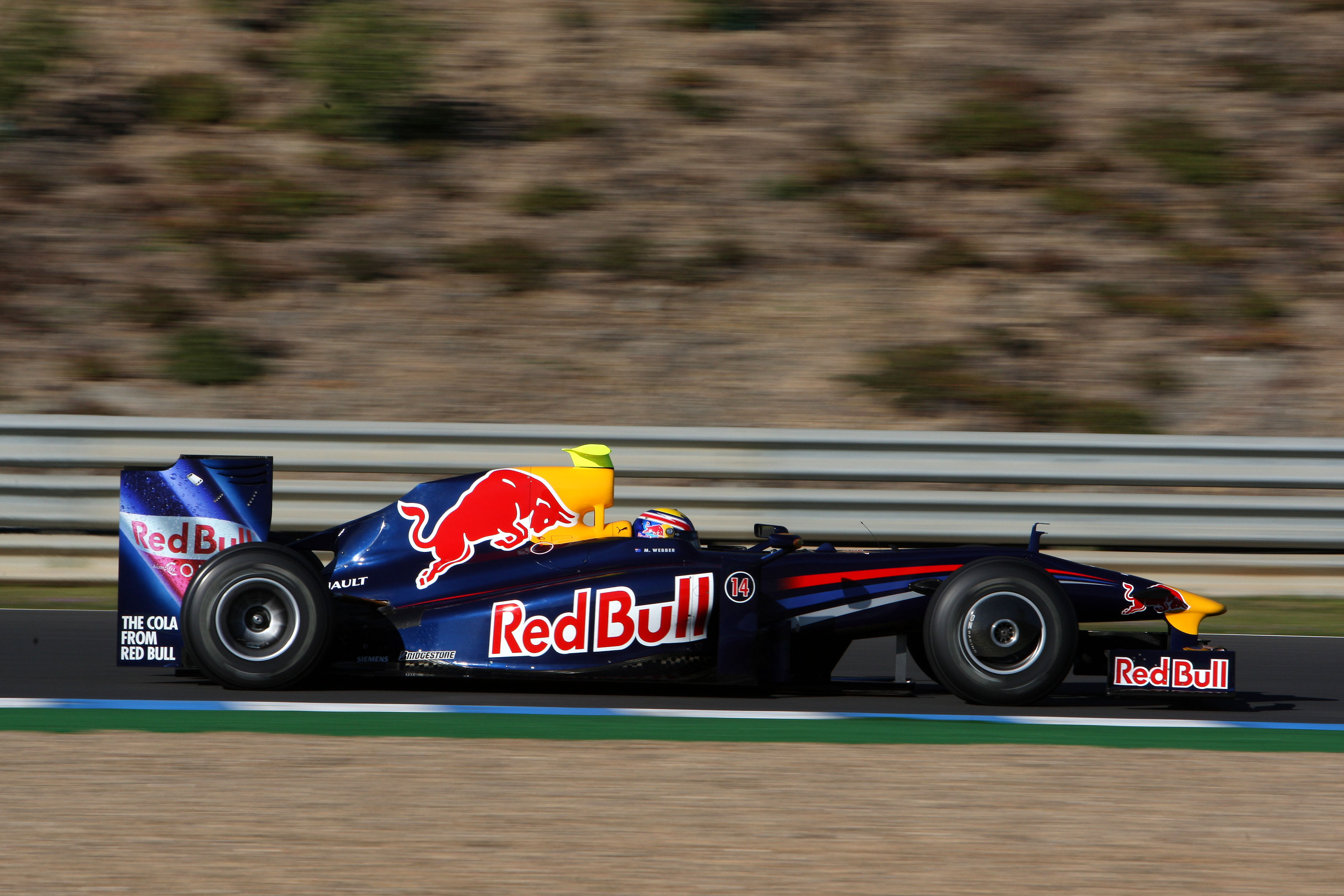
But a circular spinning vortex wasn’t a sympathetic mix with the traditional square-edged bottom of the chassis. Because Newey had been able to round off the bottom of the chassis thanks to his fin ruse, that vortex was able to retain more of its energy as it spun down the car than on rival cars.
At the back, the car was packaged in a way which allowed the bodywork to narrow in to a tiny waist just ahead of the rear axle. This helped accelerate the airflow to the gurney flap atop of the diffuser, the bodywork then flaring out again in a fishtail shape so as to pressurise the flow around the inner face of the tyres, making it more efficient.

Just as with the ’22 regulations, the beam wing continued the ramp angle of the diffuser and so added to its effect. But with conventional pushrod suspension the outboard ends of the beam wing were compromised in how well they did that by the suspension rocker arms being in the airflow.
Newey realised that with the diffuser now starting further back, there was space to put the rockers down low out of the way by switch to a pullrod layout. In that way the beam wing became far more effective at improving diffuser performance and that of the underside of the rear wing.
It was a cascading series of gains. By the following year pretty much every car would have pullrod rear and fishtail rear bodywork as well as hollowed-out chassis shapes. The RB5 was effectively the aero blueprint for all F1 cars right up until last year.
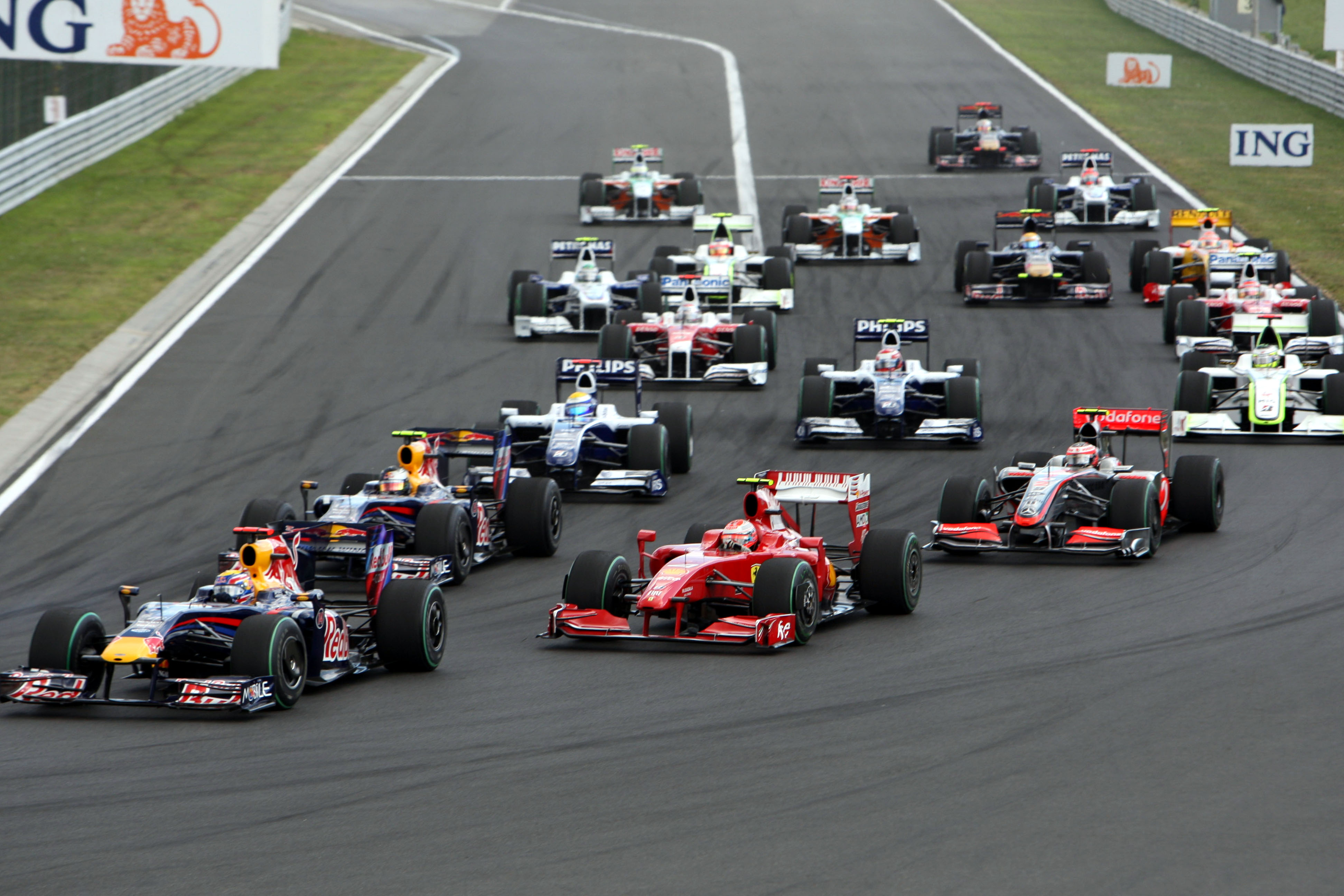
Intriguingly, the ’22 regulations places the exits of the venturis at a lower point than those of the previous diffuser – and it may well be that it’s time for the RB5-led convention to be turned on its head. Might pushrod rear now be the way to go?
The only blot of this idea of Newey flourishing whenever there is a big regulation reset was 2017 and the advent of the wide cars (reversing that 2-metres down to 1.8 move of 1998).
The Red Bull RB13 began the season with a serious downforce deficit, resulting from the windtunnel figures being polluted by what turned out to be the tunnel walls being too close to the now wider model.
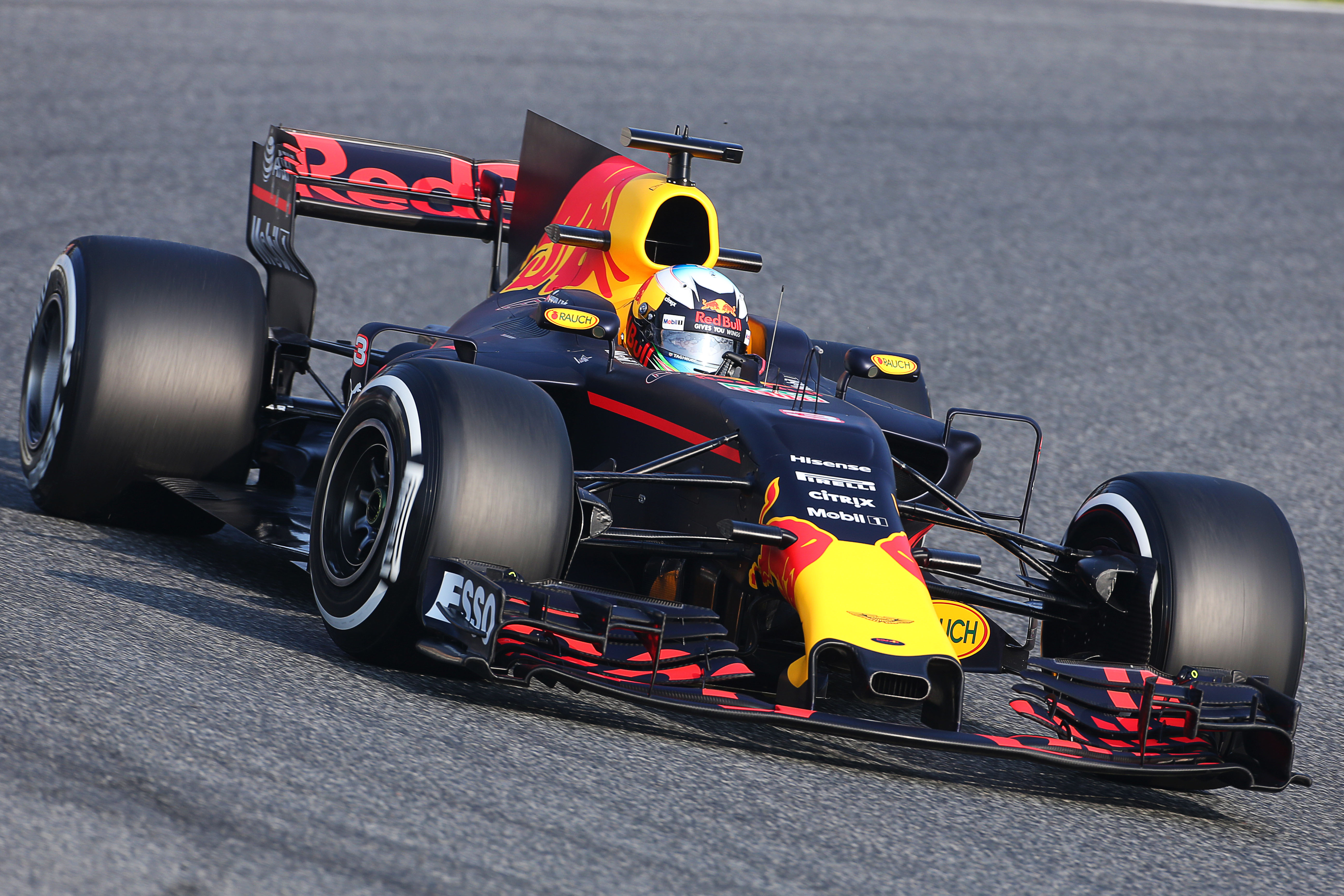
But Newey didn’t lead that project. He was otherwise engaged on the Aston Martin Valkyrie hypercar. He took his first proper look at the regulations, he said, as he was flying out to the first race in Melbourne.
That’s not going to be the case this time. Just what might the RB18 have in store for us?





